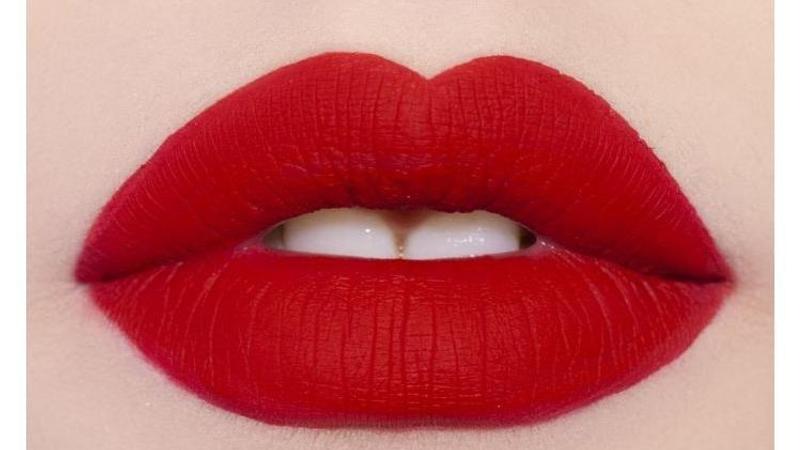Published 17:33 IST, September 30th 2024
The Classic Red Lipstick's Ancient Mesopotamia Roots
Red lipstick, often synonymous with elegance, has transcended time and geography, known by names like "Dragon Girl" and "Cherries in the Snow.

Red lipstick, often synonymous with elegance, has transcended time and geography, known by names like "Dragon Girl" and "Cherries in the Snow." Its rich history dates back thousands of years, with evidence of early formulations found in a 4,000-year-old vial from Iran, revealing a blend of vegetal wax and powdered minerals reminiscent of today’s products.

When was the classic red lipstick shade invented?
This iconic shade has graced the lips of powerful women throughout history, from Cleopatra to Taylor Swift, each adding to its narrative of strength and sophistication. In ancient Mesopotamia, Queen Puabi first donned red lipstick around 3,500 B.C., marking her status and setting a trend among affluent Sumerians, who were often buried with similar lip colors stored in cockle shells.
The allure of red lipstick is not only in its deep hue but also in its evolving symbolism. For many, it embodies classic femininity and sophistication; for others, it serves as a bold statement of individuality and rebellion. In ancient Egypt, aristocrats used red ochre mixed with resin, while Cleopatra favored carmine, derived from cochineal bugs, for a striking effect.

In ancient Greece, however, red lips took on a different connotation. They were linked to sex workers, who risked punishment if they were found in public without their designated lip color, crafted from an eclectic mix of ingredients, including mulberries and even crocodile excrement.
Today, red lipstick remains a potent symbol of confidence and glamour, reflecting diverse interpretations and emotions. Its timeless quality ensures that it will continue to be a staple in beauty regimes worldwide, resonating with generations to come.
Updated 17:33 IST, September 30th 2024



